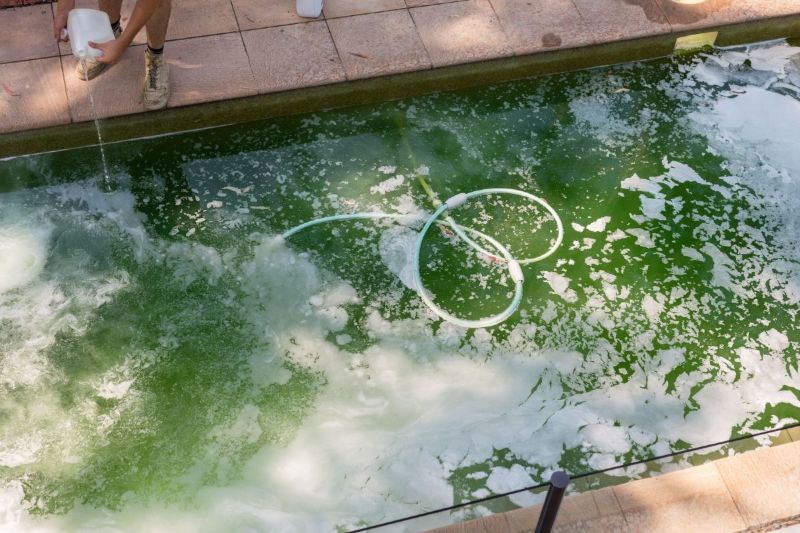Some people don't realize that cleaning a pool is more than just adding a chemical and then sitting back to admire its shiny surface. A range of factors can affect how well it cleans, with the overall quality of water being the most important. Here are seven reasons why many pools never stop looking green and, in some cases, turn a deep shade of brown.
High chlorine levels
If your chlorine levels are too high, you could wash away any necessary algaecide or other chemicals before they take effect. However, if the chlorine levels are low enough, no matter how much you add, it won't help your pool eliminate the algae. Keep a constant check on the levels in your pool, and make sure you balance them accordingly. Instead, you want to maintain chlorine levels at between 2-8 ppm.
Cloudy water
If your water still has a lot of hardness levels, cloudy water will reflect most of the chlorine and bromine you add. Even though low-pressure hot water systems can help reduce cloudiness, it's easy to find yourself adding more bleach to make it disappear. It can lead to too many chemicals in the water and cause chloramines. A chlorine-free pool means you must rely on pH levels to control bacteria, algae, and free chlorine. It is essential when maintaining a saltwater pool. You must be vigilant about your pH levels, or you may face the possibility of developing green scum on your pool wall.
Not enough shock
Too much buildup in your pool can mean that you need to use more chemicals. However, it's vital to deal with the buildup first and then try to kill/disinfect anything left behind using chlorine. Most people leave out the shock treatment and pour in the chlorine. Shock is a common mistake as one should always use chlorine after shock treatment because of its potent qualities.
A high PH level
This can occur if your pool has a lot of iron stored in its water, raising its PH level. It can cause all sorts of problems, from discolored water to the PH preventing chlorine from being effective. Ensuring your pool water's PH level is between 7.2 and 7.8 will help combat this problem.
Dirty equipment
All pool filters, pumps, and the like must be perfectly clean. Otherwise, you could end up with a dirty pool that won't get rid of a single leaf even if you try. This is why chlorine levels are so important: they ensure that your filters and other equipment are working at top efficiency.
Lack of circulation
Even though it's hard to see, the water level in your pool needs to be kept as consistent as possible. If it's uneven, algae will start growing on the bottom of your pool, where the water is constantly being recirculated. If this happens, many problems will arise, from algae growing on the wall to dirty water on top of clear water.
Underwater plant life
Invertebrates like mollusks, snails, and worms can also cause algae to bloom on your pool walls. These animals absorb toxins from the soil they live in and dump them into the water. You may notice a sickly green tint to your water with enough of them. The good news is that these creatures are not dangerous to humans. However, they can clog filters, destroy pumps, and cause trouble. You can control them by using the appropriate type of algaecide and injecting them directly into your pool every couple of months.
Algae can grow in a clean pool, so it's best to make sure your water is as clear and clean as possible. Following the steps above, you can prevent your pool from turning a terrible shade of green or disgusting brown. That's because algae play an essential role in the health of your pool, absorbing chlorine and making it less effective. So if you want to avoid the hassle of having to scrub or drain off the scum on your walls and floor, remember these simple rules.




